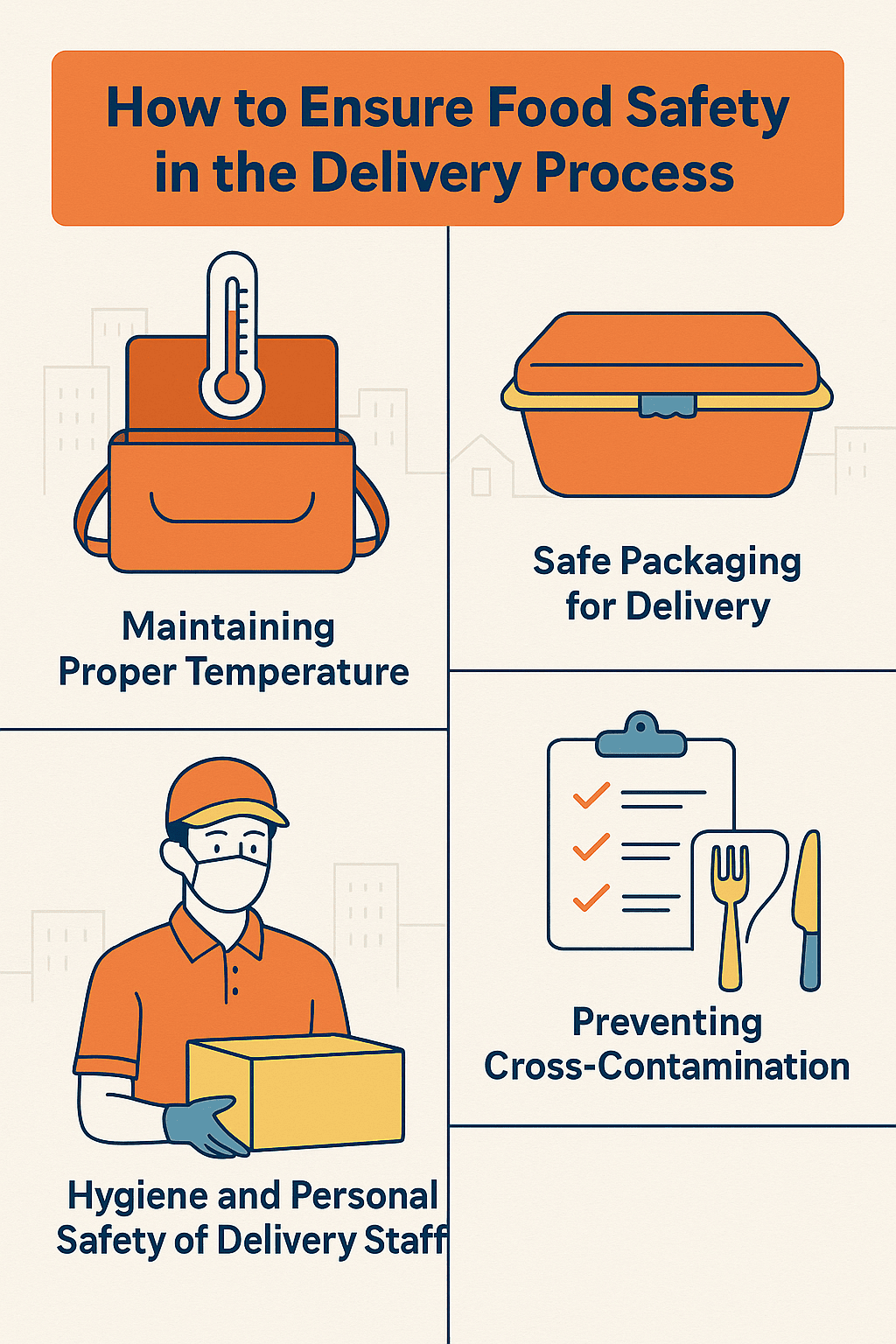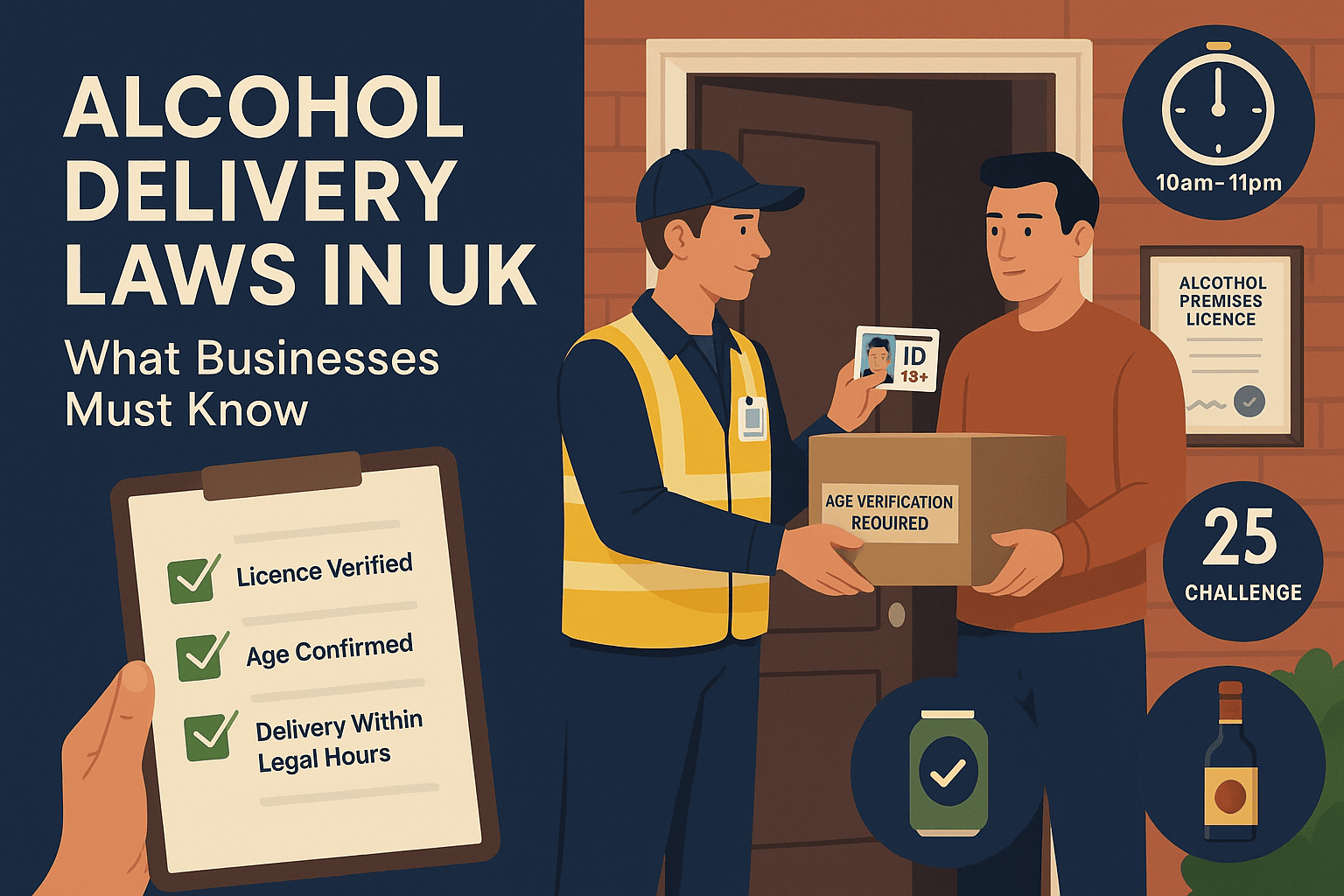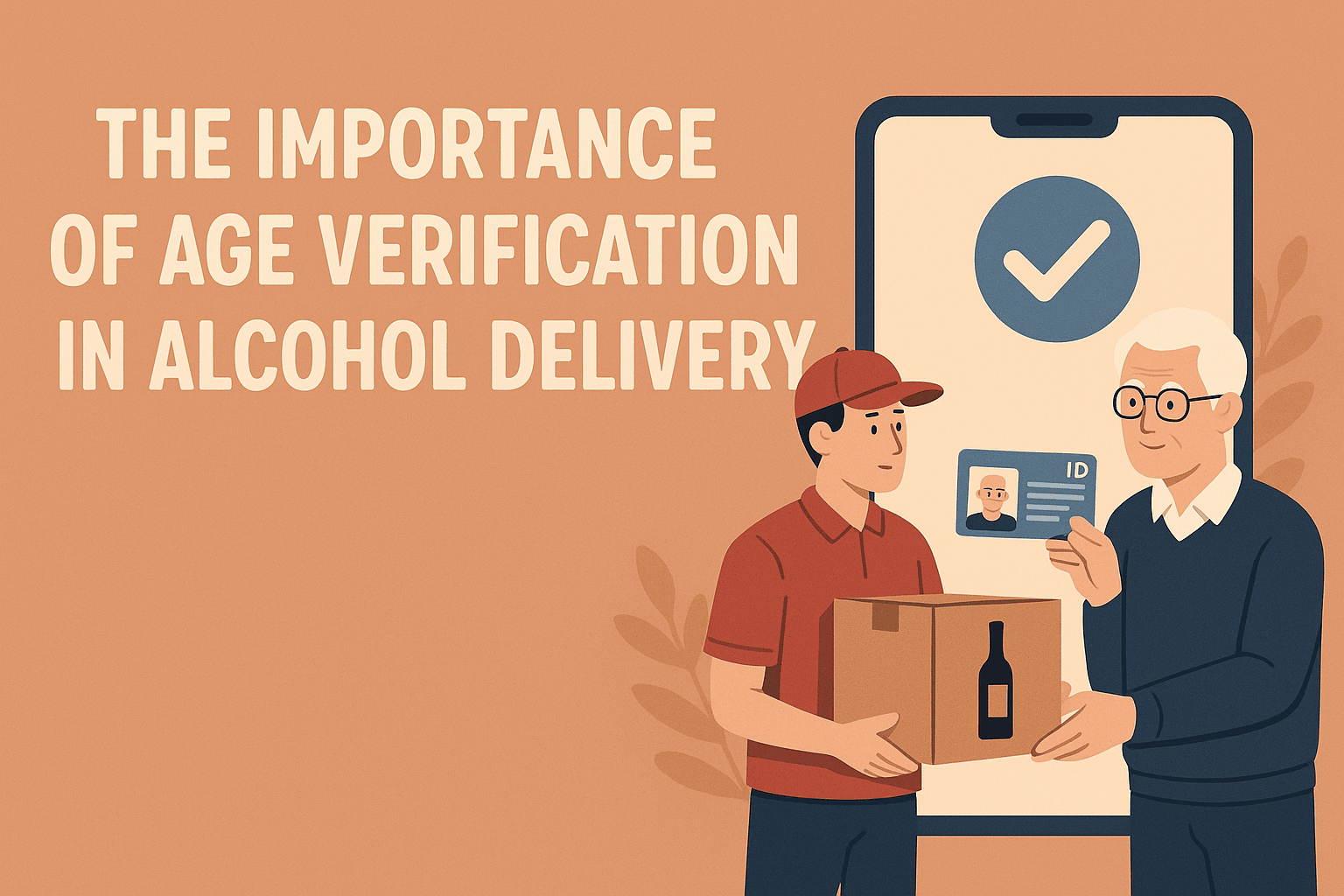In today’s fast-paced world, food delivery has become a cornerstone of convenience for millions of customers worldwide. From busy professionals to families, ordering food online has reshaped the way we eat. However, with convenience comes responsibility—food safety in the delivery process is paramount. Ensuring that meals arrive fresh, hygienic, and safe to consume is critical for both customer satisfaction and business reputation.
In this comprehensive guide, we’ll explore everything you need to know about maintaining food safety during delivery, from packaging techniques to delivery practices, and how technology can play a vital role.
Understanding the Importance of Food Safety in Delivery
Food safety is more than a regulatory requirement; it is the foundation of trust between a food business and its customers. According to the World Health Organization (WHO), foodborne illnesses affect millions each year, often due to improper handling, contamination, or poor storage.
For delivery services, the challenge is unique. Unlike traditional restaurants, food is transported outside controlled environments, increasing the risk of temperature abuse, contamination, and spoilage. Ensuring proper safety measures can prevent:
- Foodborne illnesses like Salmonella, E. coli, and Listeria
- Spoilage that affects taste and texture
- Damage to brand reputation from unsatisfied customers
- Legal and regulatory penalties for non-compliance
Businesses that prioritize food delivery safety not only protect public health but also improve customer loyalty and reduce operational risks.
Key Principles of Food Safety in Delivery
To ensure food safety in the delivery process, it’s essential to adhere to several fundamental principles:
1. Maintaining Proper Temperature Control
Temperature is a critical factor in preventing bacterial growth. The “danger zone” for food is between 5°C (41°F) and 60°C (140°F), where bacteria can multiply rapidly.
Tips for maintaining proper temperature:
- Hot foods: Keep above 60°C using insulated delivery bags or thermal containers.
- Cold foods: Keep below 5°C using refrigerated transport or ice packs.
- Monitor: Use temperature-check devices before dispatching food.
Businesses should also train delivery staff to minimize time spent in the danger zone and avoid leaving food in vehicles or public areas for extended periods.
2. Safe Packaging for Delivery
Packaging plays a pivotal role in preventing contamination and maintaining food integrity during transport.
Best practices for delivery packaging:
- Use tamper-evident seals to assure customers of product safety.
- Separate hot and cold items to prevent temperature crossover.
- Use food-grade, leak-proof containers to avoid spills and contamination.
- Include condiments and utensils in sealed packs to maintain hygiene.
Proper packaging not only keeps food safe but also enhances the customer’s unboxing experience, creating a positive impression of your brand.
3. Hygiene and Personal Safety of Delivery Staff
Delivery personnel are the final link in the food safety chain. Their personal hygiene directly impacts the safety of the delivered meals.
Hygiene best practices:
- Require regular handwashing before handling food.
- Provide sanitizers and gloves for use during food handling and delivery.
- Encourage clean uniforms and protective clothing.
- Train staff on proper food handling practices, including avoiding cross-contamination.
Regular training sessions and adherence to hygiene protocols are crucial for minimizing the risk of foodborne illnesses during delivery.
4. Minimizing Delivery Time
The faster the food reaches the customer, the lower the risk of contamination or spoilage. Delivery services should optimize logistics to ensure timely delivery without compromising safety.
Ways to reduce delivery time:
- Use GPS tracking to optimize delivery routes.
- Implement efficient order batching to minimize time spent in transit.
- Encourage customers to provide accurate delivery instructions to avoid delays.
Faster delivery not only preserves food quality but also improves the overall customer experience, increasing repeat orders and positive reviews.
5. Preventing Cross-Contamination
Cross-contamination occurs when harmful bacteria or allergens transfer from one food item to another, posing serious health risks.
Strategies to prevent cross-contamination in delivery:
- Use separate packaging for raw and cooked foods.
- Keep allergens clearly labeled to prevent accidental exposure.
- Train staff to avoid touching ready-to-eat foods after handling raw ingredients.
By prioritizing separation and hygiene, delivery services can ensure safe consumption and protect customers with food allergies.
Technology’s Role in Food Delivery Safety
Modern technology has transformed food delivery, making safety management more efficient and reliable. Here are some technological solutions that businesses can adopt:
1. Temperature Monitoring Devices
Smart thermometers and sensors can track food temperature in real time, alerting staff if it drops below safe levels. This reduces the risk of serving unsafe food and allows for corrective action before it reaches the customer.
2. GPS Tracking and Route Optimization
Advanced delivery apps and GPS trackers help minimize delivery times, reducing the period food spends in potentially unsafe conditions. Route optimization also ensures timely delivery, especially during peak hours.
3. Digital Food Safety Logs
Maintaining digital records of temperature checks, delivery times, and staff hygiene ensures accountability and compliance with food safety regulations. These logs can also serve as proof during audits or inspections.
4. AI-Powered Predictive Analytics
Artificial intelligence can predict potential delays or risks in the delivery process, enabling businesses to proactively manage orders and maintain food safety.
Regulatory Standards and Guidelines
Compliance with regulatory standards is essential for legal protection and customer trust. Different countries have specific guidelines for food safety in delivery:
- UK: Food Standards Agency (FSA) guidelines recommend maintaining proper temperatures and hygiene practices.
- US: FDA Food Code provides regulations for temperature control, packaging, and safe handling.
- EU: EU Regulation 852/2004 outlines hygiene rules for food businesses, including transport and delivery.
Familiarizing yourself with local and international regulations ensures your delivery process meets legal requirements while safeguarding public health.
Best Practices for Different Types of Food Delivery
Different food types require tailored approaches to maintain safety:
1. Hot Meals (Pizza, Burgers, Curry)
- Use insulated bags and containers to retain heat.
- Pack sauces separately to avoid sogginess.
- Deliver as quickly as possible to retain freshness.
2. Cold Meals (Salads, Sushi, Desserts)
- Include ice packs or refrigerated bags for transport.
- Avoid prolonged exposure to room temperature.
- Use sealed containers to prevent contamination.
3. Beverages
- Use spill-proof containers to prevent leaks.
- Ensure beverages are kept at recommended temperatures, especially for smoothies or cold drinks.
Training and Educating Staff
A well-trained delivery team is critical to maintaining food safety standards. Training should include:
- Proper handwashing techniques
- Safe food handling and packaging
- Temperature control monitoring
- Customer interaction protocols to avoid accidental contamination
Regular refresher courses and safety drills can help instill a culture of food safety in your business.
The Role of Customers in Food Safety
While businesses hold the primary responsibility, customers also play a role in maintaining food safety:
- Inspect packaging for tampering upon delivery.
- Consume food promptly to avoid spoilage.
- Store leftovers safely if not eaten immediately.
- Provide accurate delivery instructions to avoid delays.
Educating customers about safe handling can complement your delivery safety measures and build trust.
Common Challenges in Food Delivery Safety
Despite best practices, food delivery services face challenges such as:
- Traffic delays increasing exposure to the danger zone
- Incorrect packaging leading to contamination or spills
- Inadequate staff training affecting hygiene standards
- Weather conditions impacting temperature maintenance
Identifying these challenges allows businesses to implement effective mitigation strategies.
Innovative Solutions for Food Safety in Delivery
The food delivery industry continues to innovate to address safety concerns:
- Smart insulated packaging with temperature indicators
- Automated delivery vehicles reducing human contact
- Contactless delivery to minimize contamination
- Food safety apps that track and monitor every step of the delivery process
Investing in these solutions ensures your business stays competitive while prioritizing food safety.
Benefits of Ensuring Food Safety in Delivery
Prioritizing food safety in delivery provides multiple benefits:
- Customer Satisfaction: Safe, fresh food leads to positive reviews and repeat orders.
- Brand Reputation: A strong safety record builds trust and loyalty.
- Regulatory Compliance: Avoid fines, legal issues, and business interruptions.
- Operational Efficiency: Streamlined processes reduce waste and cost.
Businesses that integrate safety protocols into delivery operations enjoy long-term growth and customer loyalty.
Conclusion
Ensuring food safety in the delivery process is an essential component of any modern food business. By focusing on temperature control, proper packaging, staff hygiene, timely delivery, and technological integration, businesses can provide safe, high-quality meals to their customers.
In a world where food delivery is growing exponentially, businesses that prioritize safety not only protect public health but also enhance customer trust, loyalty, and brand reputation. Implementing these strategies today ensures that your food reaches the customer safely, every time.
FoodSafety #FoodDelivery #SafeFood #DeliveryTips #FoodHygiene #TemperatureControl #FoodPackaging #CrossContamination #HealthyEating #FoodBusiness #DeliverySafety #CustomerSatisfaction #FoodDeliveryService #FoodQuality #RestaurantTips


